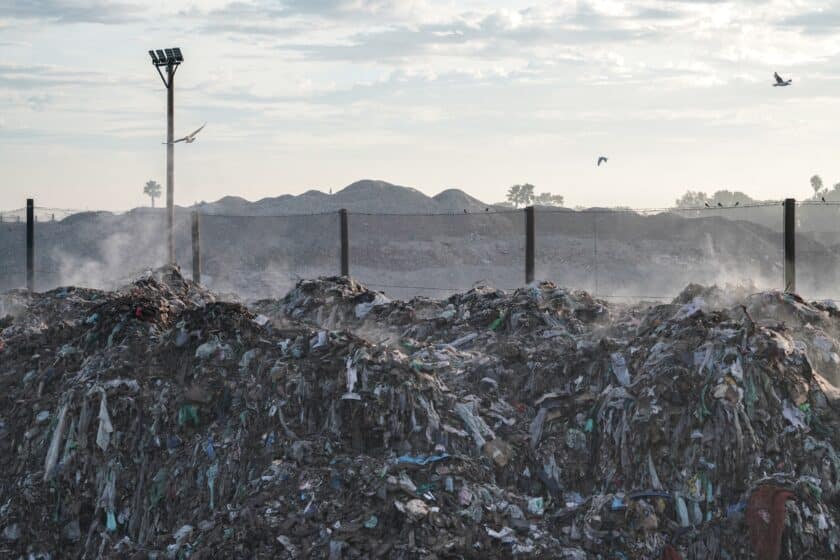Miranda Beacham, head of UK Responsible Investment at Aegon Asset Management, looks at the buying frenzy that is Black Friday and how the sale and return processes go against sustainability values.
The mass purchasing frenzy that is Black Friday occurs tomorrow – sparking another spike in returns as consumers send back items they no longer want.
The sales of goods on this day has been slowly reducing, although the total amount of sales is still an enormous number. This equals higher costs and a major environmental impact.
Clothes is one key area of concern. Consumers are increasingly ‘trying before they buy’ at home, partly because shop floor space has reduced due to the structural shift from the high street to online.
There is a cost to this; these returns are harder to process and create problems for many retailers. A report by Rebound showed that in 2022 there was a 26.6% increase in returns compared to 2021, while the costs associated with processing these returns continues to rise.
It is difficult to ascertain the scale of resale of returned goods. In clothing in particular, seasons are short, so even if a garment is returned within a 30-day period it will have lost value if the season is changing. At the extreme end of fast fashion, a season is only six weeks, so many items in this area are not worth trying to resell. At the same time, some consumers will wear an item with labels on and then return it, meaning it is not suitable for going straight back on the shop floor or website.
Things have improved since the late 2010s, when a number of retailers were publicly criticised for sending goods straight to landfill – the worst possible outcome in terms of sustainability. Retailers are now trying hard to work around this situation in novel ways, suggesting it could become an area of competitive advantage.
Some retailers are setting up their own e-commerce ‘shops’, while the likes of Nordstrom and Patagonia have whole areas of their business focused on “pre-loved” garments. However, a growing number of third parties, individuals or small businesses are buying up pallets of returned items and reselling them on e-commerce sites such as Ebay and Vinted. This is an area previously inhabited by large organisations such as TK Maxx. In the US, the likes of Target, Macys and Amazon sell returned items on to these third party sellers by pallet or truckload.
It is clear retail is still working its way through how best to balance the shop floor and website – and it will be interesting to watch how this continues to change. However, it is also clear that the current level of returns is not sustainable in so many ways.
Maybe consumers should pause for a minute before clicking on those hard to resist bargains – for the good of their pocket and the environment.
Main image: katie-rodriguez-qsVWEGNnIrM-unsplash
































